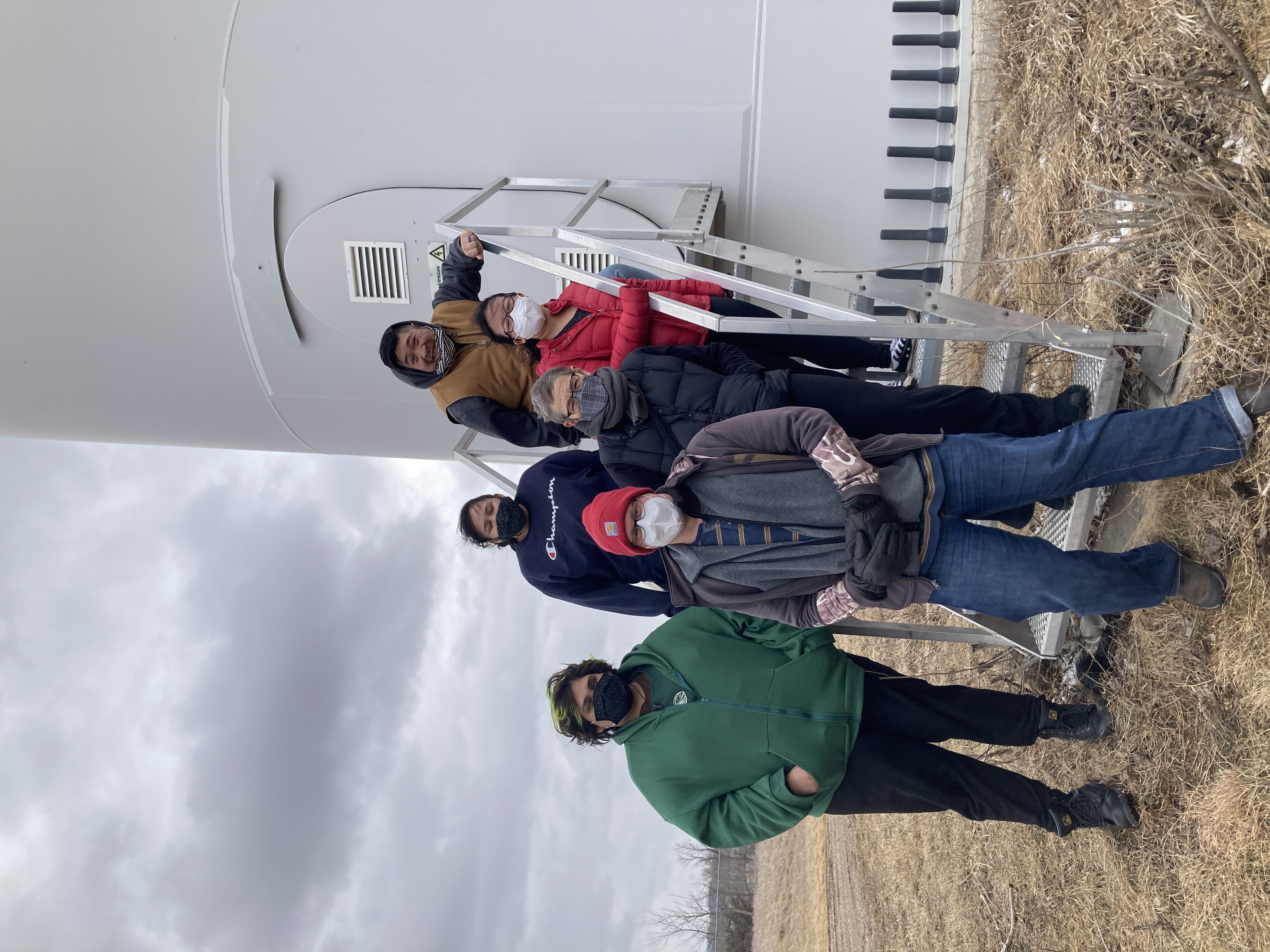The University of Minnesota Morris is a clean energy destination. And, there is a lot of clean energy work happening across the city of Morris. In 2021-2022, UMN Morris Intercultural Sustainability Leaders (ISLe) partnered with the West Central Clean Energy Resource Team (WC-CERT) to add some new energy to the program. The partnership engaged college students to meet with clean energy professionals to discuss how the renewable energy sector might become more inclusive and serve as an economic driver for Indigenous communities and communities of color. The conversations arising from the partnership also allowed Indigenous students and students of color to learn about opportunities for them to enter careers that would allow them to contribute to a more sustainable energy future.
Assistant Professor Clement Loo leads ISLe and reflected, “We were excited to partner with CERTs on this program – and to engage our students with solutions in our community. One big message we got from our ISLe cohort was they felt more hopeful after the tour and our conversations because they were seeing projects actually getting done in ways that are driven by and serve communities. They want to share this enthusiasm with others.”

To pursue these objectives, the ISLe cohort met with Bob Blake, the CEO of Solar Bear. Blake is a solar and sustainability entrepreneur in Minnesota. Blake started his own solar company to tackle the climate crisis and provide job opportunities for Indigenous youth. He also started the non-profit Native Sun Community Development “to help Native people engage in civic and democratic life in ways that advance a just energy transition.” Blake shared powerful stories about his own personal journey and his ventures into being an energy entrepreneur.
The ISLe team was also interested in learning more about clean energy in the Morris community. The team did a tour of many locations where solar has popped up in the past year. Many of these installations were led by the city of Morris, including at city hall, the community center, library and more. The team also toured the Morris Public Library, which is heated and cooled with geothermal energy, and uses solar electricity from a rooftop array to help power the system.
“CERTs is working to make clean energy and conservation opportunities more diverse, more inclusive and more equitable,” shares WC-CERT coordinator, Jacob Selseth. “We are excited to partner with higher education institutions in our region that share these important goals. We recognize that UMN Morris is a Native American Serving Non-Tribal Institution. We are looking for opportunities to advance clean energy goals for tribal communities, Native nations, and people.”